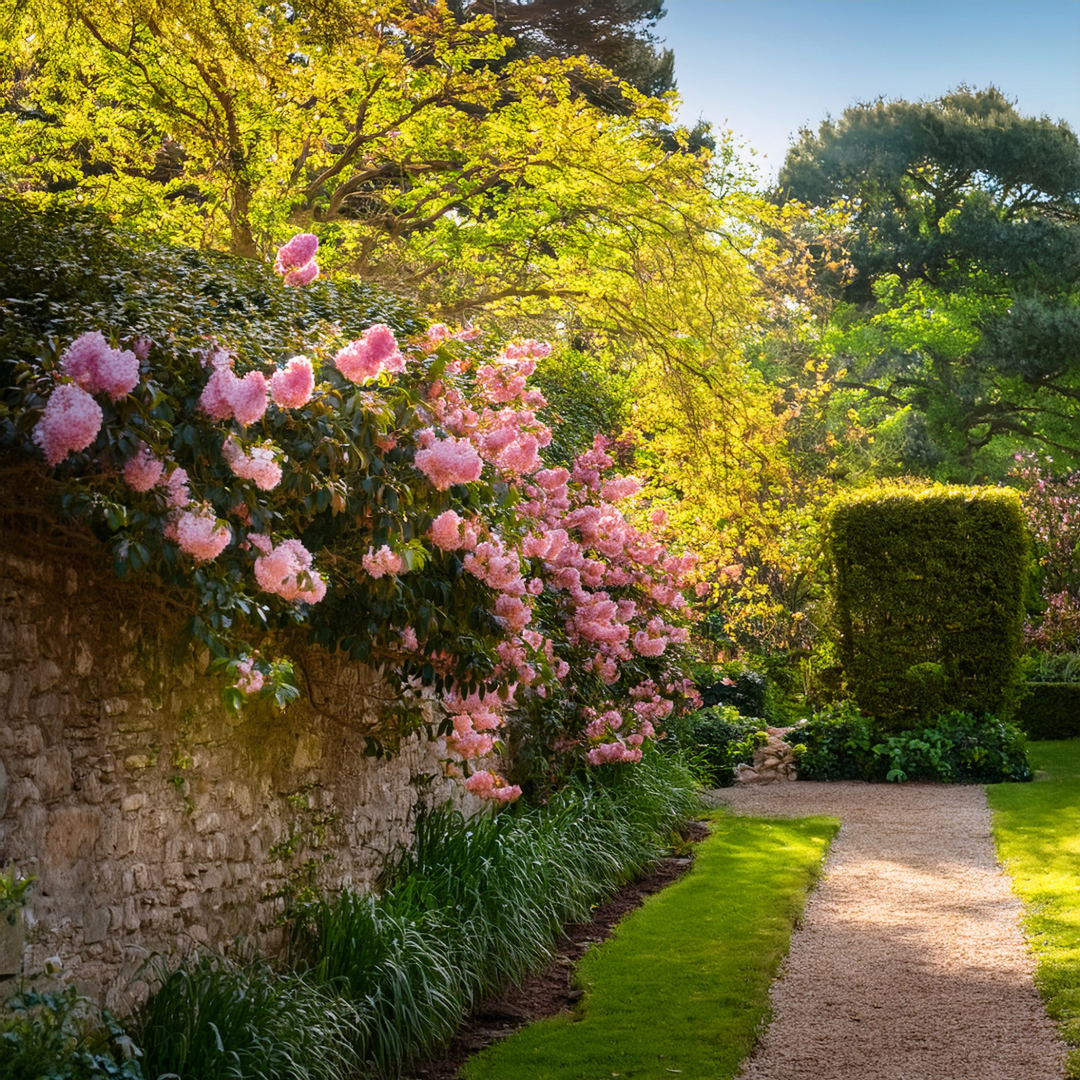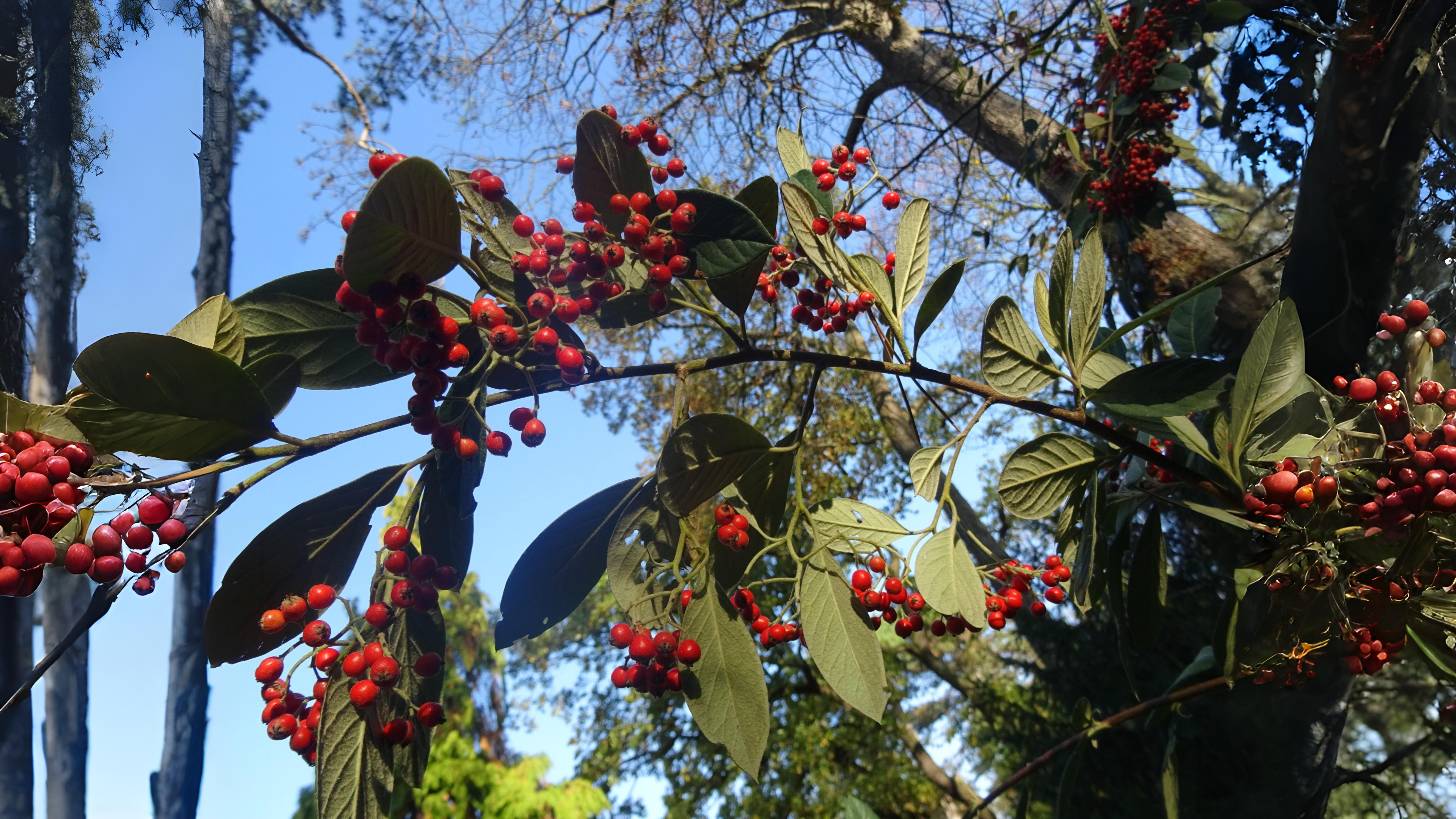April’s Shrubs: From Thorny Guardians to Scented Showstoppers
London’s gardens and wild spaces are alive with the drama of April’s flowering shrubs. Blackthorn’s snowy blooms fade as broom and gorse ignite the commons with gold. But the real divas are the camellias—those voluptuous blooms that inspired Parisian courtesans and still set hearts racing today.
Discover why Victorian gardeners obsessed over Aristolochia’s bizarre pipe-shaped flowers, and where to find Pieris trees dripping with lily-of-the-valley blossoms.
Return on 26 April to uncover the secrets of London’s most charismatic shrubs—where thorns hide edible poisons, and petals arrange themselves in near-magical spirals.
Shrubs continuing to flower from last month include blackthorn, gorse, Camellias, Mahonias, Viburnum, Forsythia, Kerria, Spiraea, Ribes, Corylopsis and Chaenomeles. On open commons, gorse is now joined by another yellow flowering shrub, broom Cytisus scoparius. One or two other naturalised shrubs from gardens occasionally join them e.g. snowberry and some barberries. Wild barberry Berberis vulgaris is now rare, as it was removed from the countryside a long time ago because it carried a rust that destroyed corn crops. It is still grown in gardens however and occasionally turns up self sown. If the lower part of the stamen in its flower is touched with a pencil, the anther moves and hits the stigma like a hammer. Later, the red fruits are edible and rich in vitamin C, but if enough are eaten when green they are poisonous, causing the breathing rate to be reduced. In woods in the south-east of London the strange one metre high spurge laurel Daphne laureola still has flowers with their strange scent of smouldering wood.
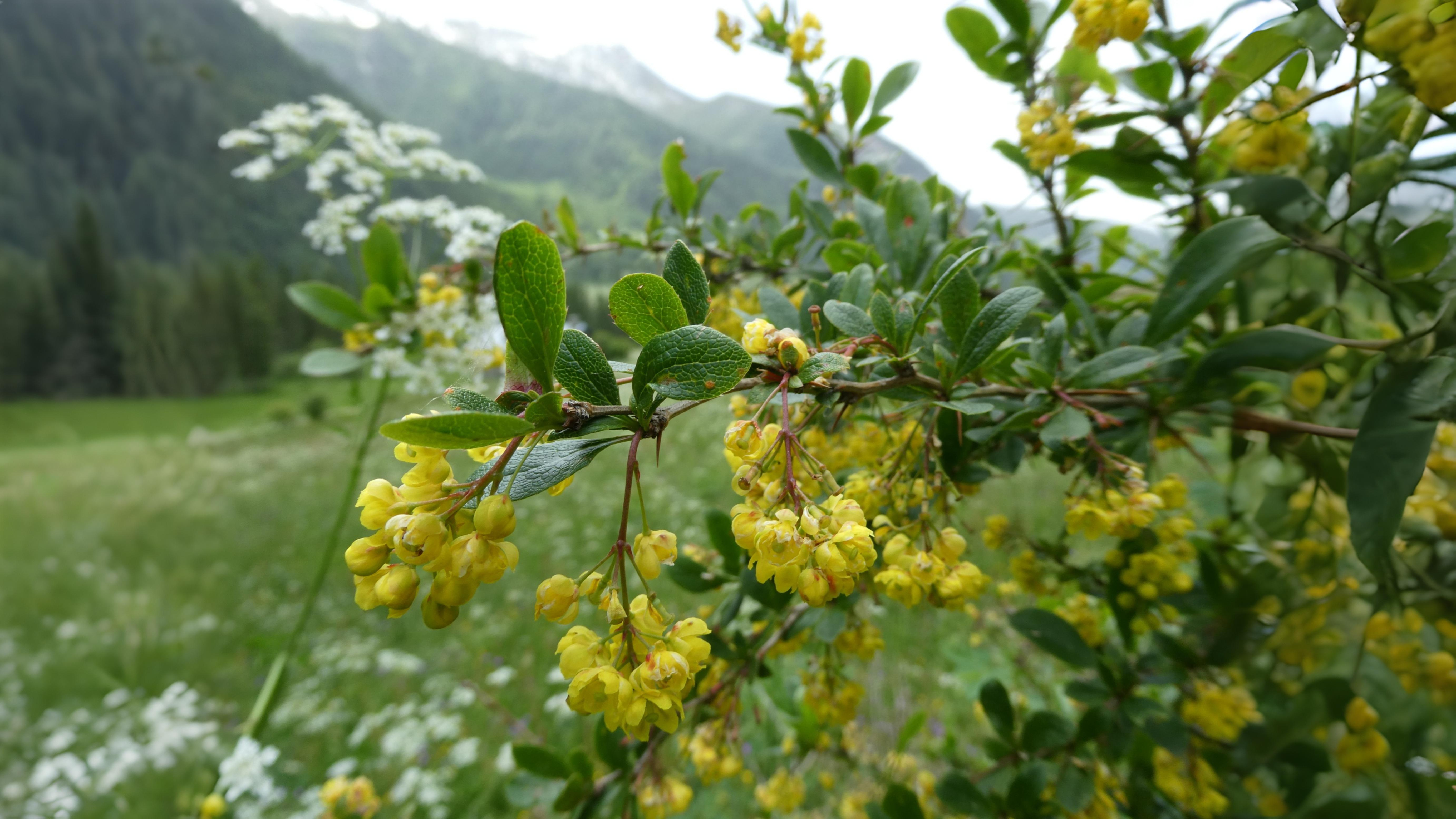
In gardens, new shrubs starting to make an appearance include Cytisus, Genista, Coronilla, Medicago, Choisya, Olearia and new varieties of camellia, azalea, rhododendron, Berberis and Pieris. Some Pieris spp. can grow as tall as trees and can provide quite a show of their own with their lily of the valley flowers e.g. Pieris formosa forrestii. This tree grows up to six metres high at Kew and is often covered in flowers. Berberis darwinii, Prunus laurocerasus and Ceanothus are all very common in London gardens. There are over one hundred different varieties of Ceanothus, including both spring and autumn-flowering species. They present an interesting range of blues, some of which almost glow. Ceonothus arboreus ‘ Trewithen blue’ is one of the longest to flower in the spring, C. ‘Concha’ is one of the most floriferous and C. papillosus var. roweanus one of the most popular.
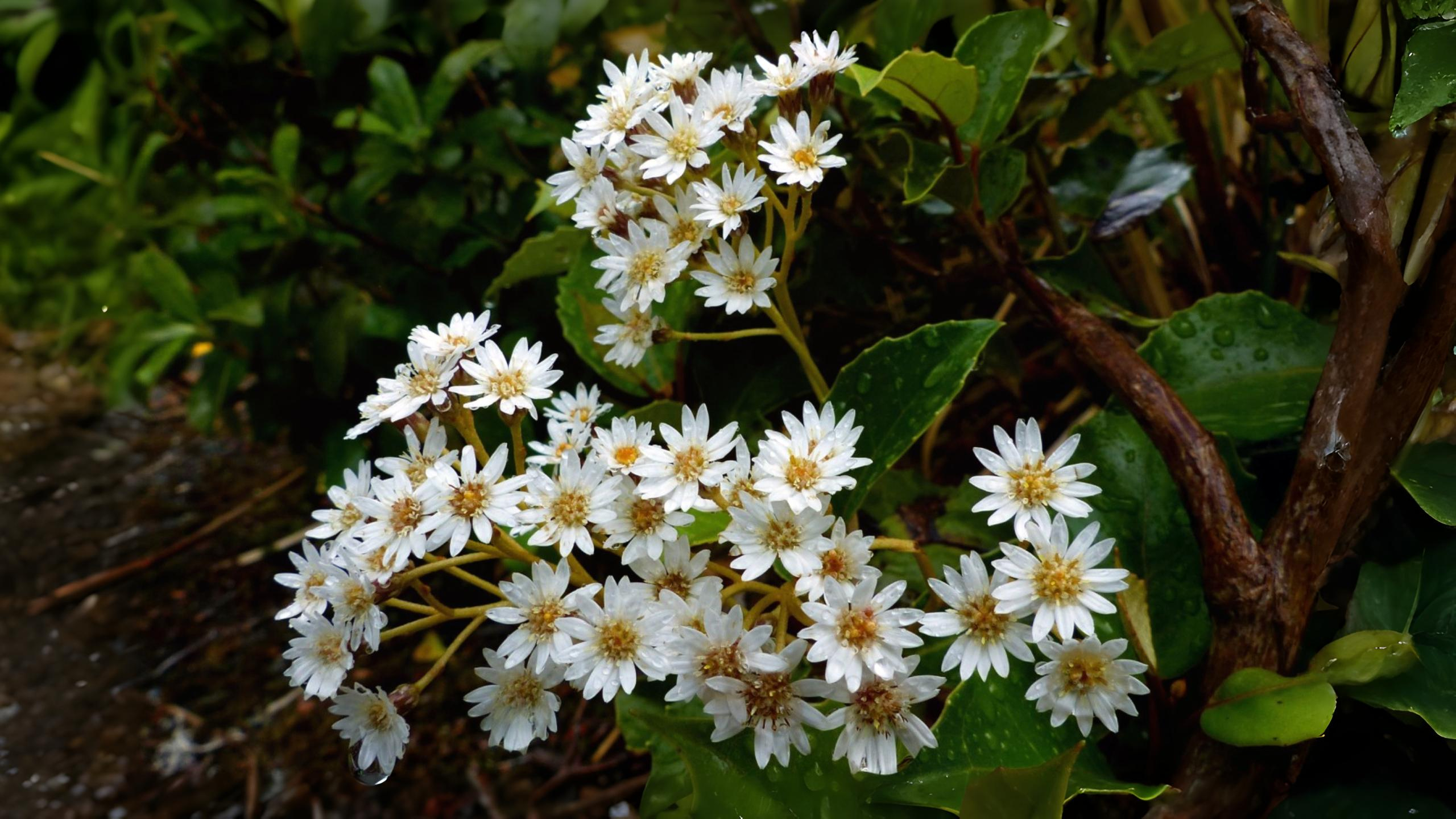
Climbing shrubs such as Wisteria, new Clematis spp. and various honeysuckles are also appearing. More rarely, the strange green pipe-shaped flowers of the Victorian favourite, Dutchman’s pipe Aristolochia macrophylla may be seen. Early yellow roses that stand out are ‘Canary bird’ and Rosa banksiae ‘Lutea’ which may be six metres high and covered in roses this month. Viburnum, Osmanthus, Ribes and Choisya are among the more aromatic shrubs to be seen now. A small hedge of the highly perfumed Osmanthus can be found at Hampton Court on the perimeter of the arboretum. Other rarer shrubs that may be encountered in plant collections are Coleonema, Diosma, Staphylea and some of the more unusual Pittosporums.
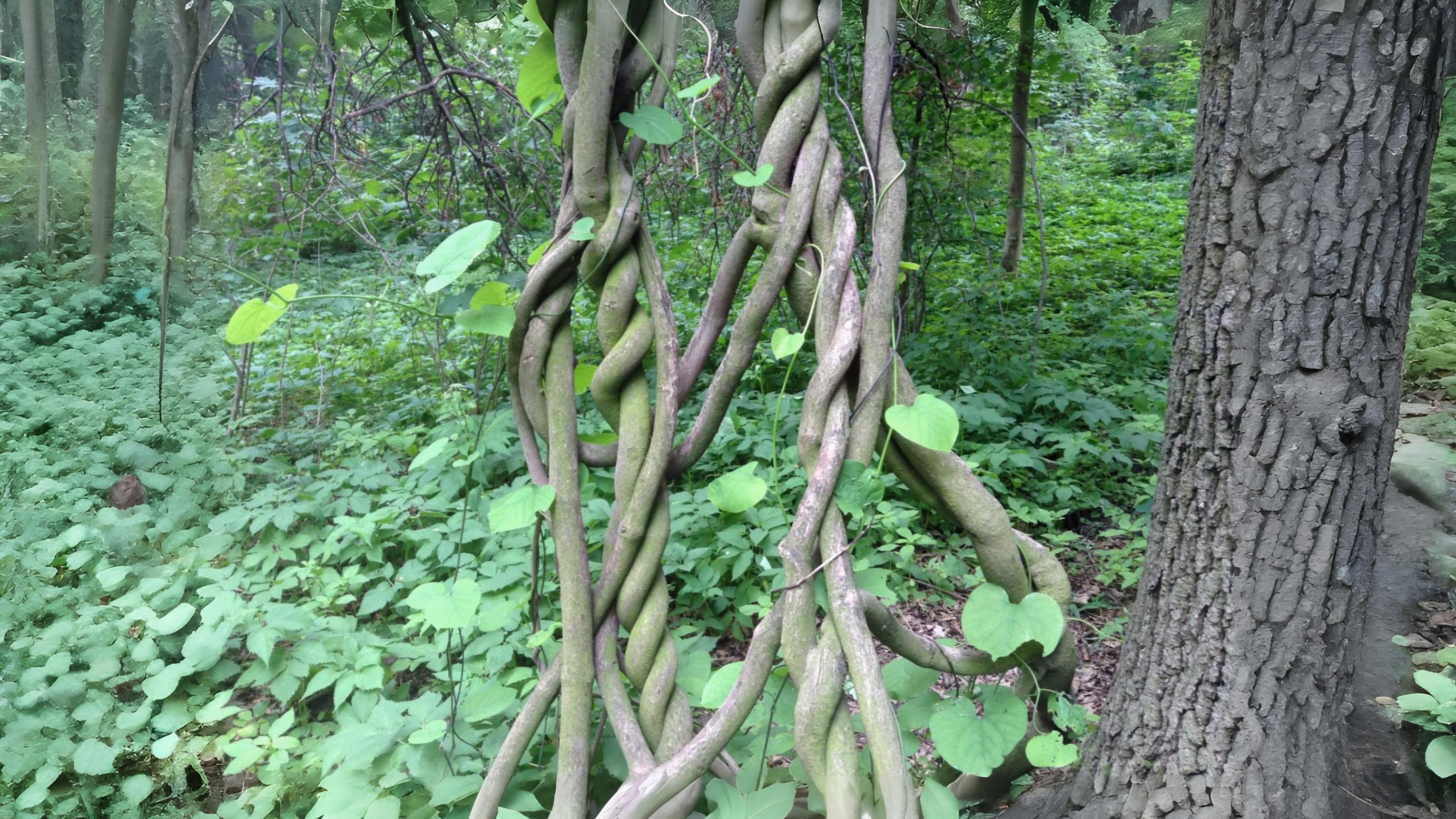
The most noticed shrubs this month have to be the Camellias. Some grow as high as small trees and are now covered in large red, white or pink flowers. About half of the cultivated varieties we see are various hybrids and forms of Camellia japonica. This shrub still grows wild in Japan and was probably revered and cultivated there for a thousand years before it reached London in the early eighteenth century. It was only in 1814 that it was realised it could be happily grown outside, at which point the breeders started improving it. In the 1840’s camellias reached the peak of their popularity. A little later Alexander Dumas wrote La Dame aux Camellias modelled on Alphonsine Duplessis, the famous Parisian courtesan. His heroine wore white camellias for twenty-five days in the month and red ones for five. Since the mid nineteenth century, breeders around the world have produced the vast number of different C. japonicas we see in London’s private gardens today.
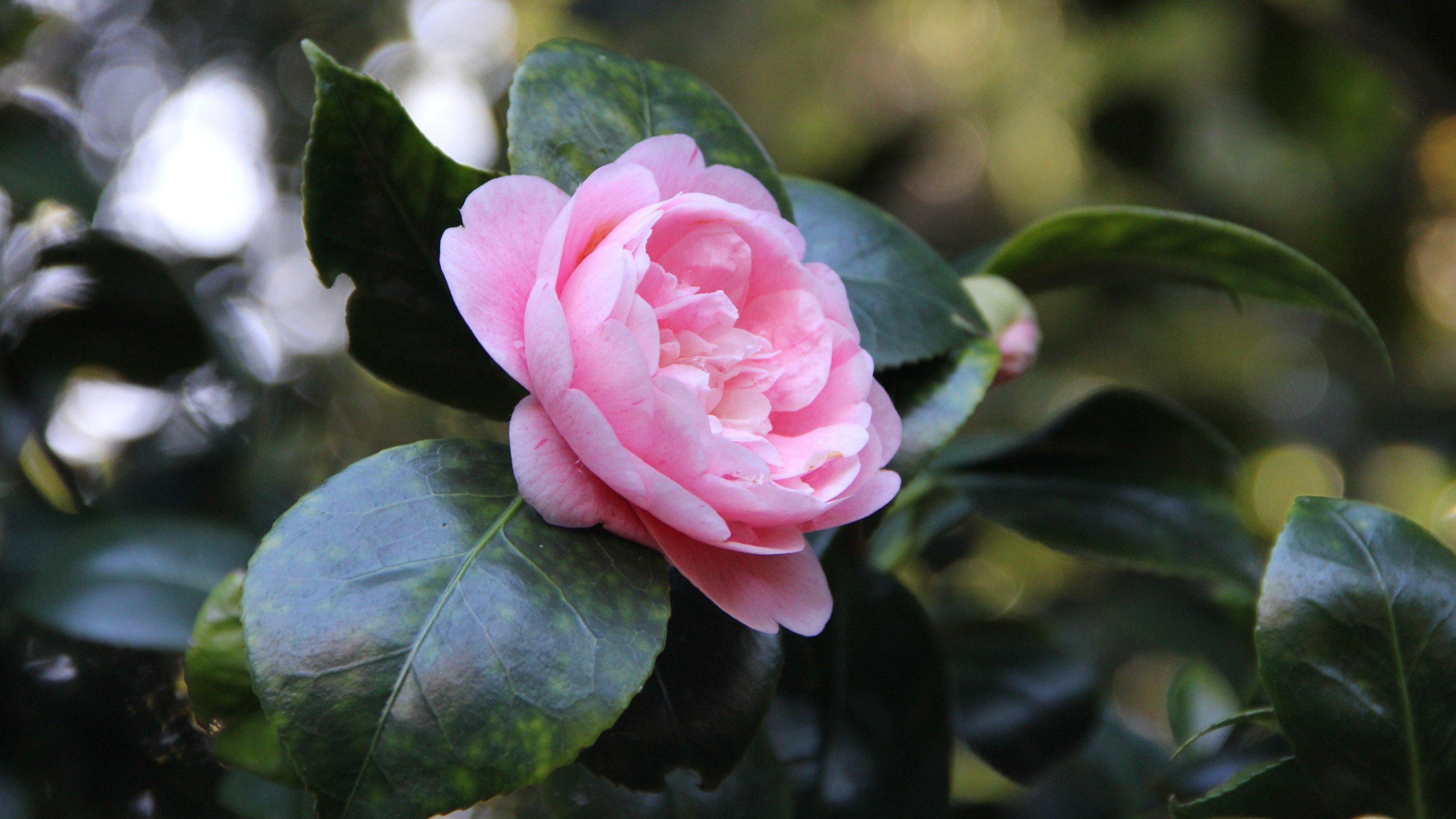
The most famous camellia nursery in America is Nuccio’s on the outskirts of Los Angeles. They are famous for breeding flowers that have numerous pointed petals that overlap into perfectly correct geometric spirals. Camellias with compass precise petal arrangements are often seen in paintings but are extremely rare in gardens. They nearly always have some slight imperfection. However, thanks to Nuccio’s expertise, just occasionally some of their varieties e.g. Nuccio’s gem, produce a flower which has a completely perfect spacial arrangement of petals.
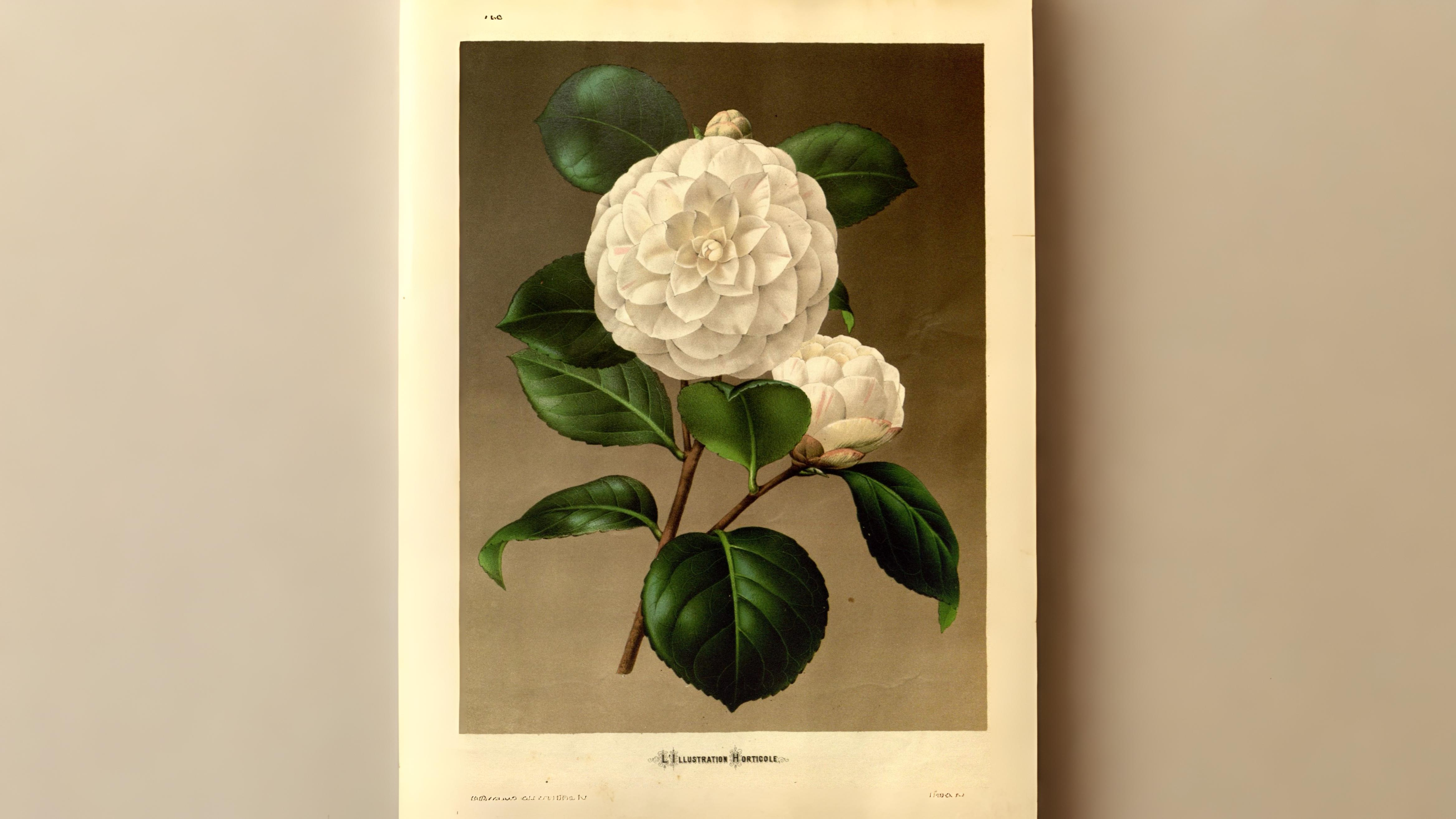
April is not a berry month, but in gardens bright red berries can still be seen on spotted laurels, occasionally on butcher’s broom and even on some hollies. In many woods and gardens the vermillion berries of the gladdon iris are still very noticeable. One tree notorious for keeping its berries is the tree cotoneaster. It ha quite a number of different hybrids with seemingly completely unpalatable scarlet berries. They may still be covering the trees throughout April having been totally ignored by all of London’s hungry birds throughout the winter.
